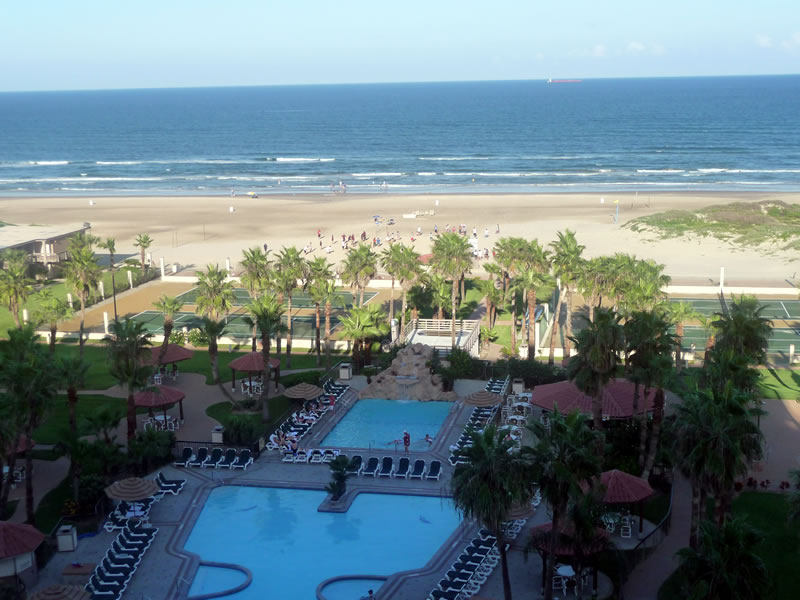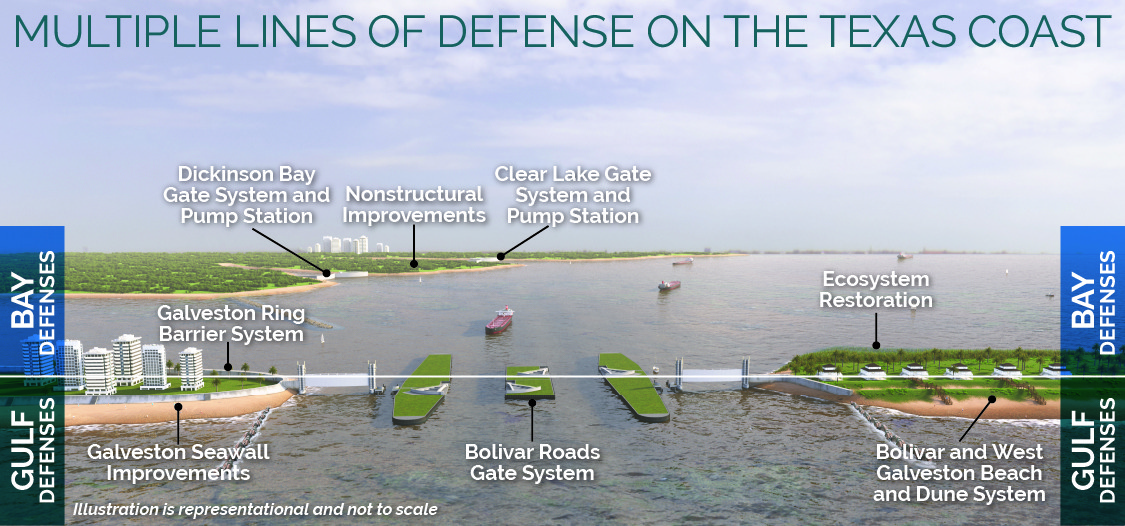Governments frequently combat coastal erosion by replenishing beaches with sand, a method known as “beach nourishment.” However, this is a temporary solution as the new sand eventually erodes, requiring repeated and costly efforts. For example, North Carolina has spent over $1 billion on adding more than 100 million tons of sand to its beaches over three decades. The effectiveness of beach nourishment is limited, often not lasting as long as anticipated and vulnerable to being destroyed by severe storms.

In search of more sustainable solutions, the concept of the “sand motor,” developed in the Netherlands, represents an innovative approach to erosion management. This method involves creating a large quantity of sand deposition on the coast that naturally redistributes along the shore over time due to wave and wind action, extending beach life significantly more than traditional nourishment. While requiring more initial investment and sand, the sand motor offers a longer-term solution, protecting larger areas of coastline.
Countries like the Netherlands and the United Kingdom have implemented such mega projects, and the World Bank has financed a sand motor in West Africa as part of a larger effort to address sea-level rise. However, the feasibility of sand motors in places like the United States is questionable due to the advanced stage of erosion and development patterns in coastal areas. The sand motor concept underscores a shift towards working with natural processes for coastal protection but also highlights the challenges of adapting such strategies in different geographical and economic contexts.
Reference:
- https://texasbeachhomes.com/galveston-ike-dike-and-texas-coast-resiliency/
- https://texasbeachhomes.com/texas-coast-sand-dunes-are-important/
- https://texasbeachhomes.com/texas-coast-master-plan/
- https://texasbeachhomes.com/what-is-a-barrier-island/



Leave a Reply
You must Register or Login to post a comment.
Become a registered member, it is fast, fun, and free! Gain access to sales analysis, conversations, and much more! Texas state law requires membership before we can share sales information or talk about subjects relevant to ownership. See our membership page for more details.